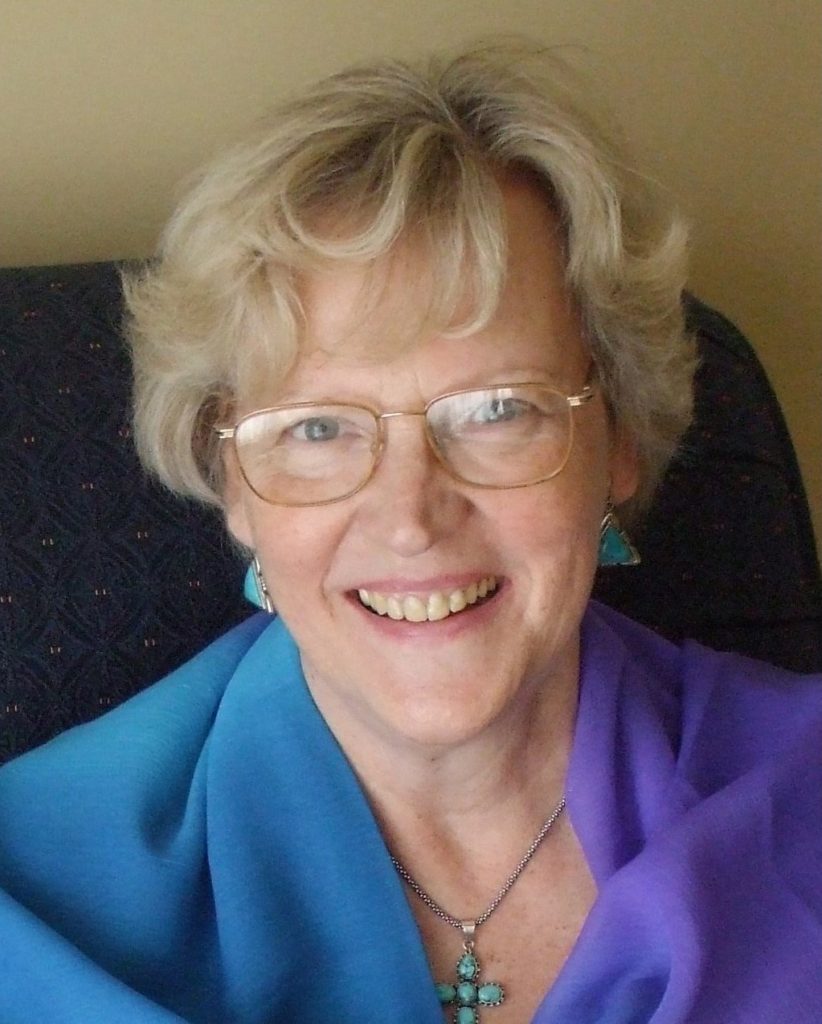John Main stressed that the “purpose of our Community is to hand on the tradition of meditation. What we are handing on, or trying to hand on, is the knowledge that Christ dwells in our hearts.” He emphasized this communion over and over again: “Jesus has sent his Spirit to dwell within us, making all of us temples of holiness: God himself dwelling within us….We know then that we share in the nature of God.”
It is in deep silence that we become aware of this essential connectedness of ourselves and creation with the Divine: “Our world is not separated from the spiritual world…..the two natures are indivisible” (Plotinus) This clear connection is also stressed by Philo (20 BCE – 40 CE), a Jewish philosopher/ theologian and contemporary of Christ. “Men and women in regard of their intellect (‘nous’) are connected with Divine reason (‘Logos’)….being a ray of that blessed nature.” The concept of the Divine was first given the term ‘logos’ by the Greek philosophers, starting with Heraclites (5th century BC). It was conceived as the unifying guiding force. Later the use of the word ‘logos’ changed slightly and the ‘logos’ became the bridge between the Creator and creation. In the ‘Gospel of John’ it is Christ who embodies the ‘logos’, the Word, this bridge. Plato was one of the first to formulate the idea of our having something essential in common with the Divine. He called it the ‘nous’, pure intuitive intelligence as distinct from rational intelligence. Through our ‘nous’, our intuitive intelligence, we are able to connect with the ‘logos’. Early Christians considered the ‘nous’ therefore to be our organ of prayer. In John Main’s teaching, as well as Clement’s, Christ is the essential mediator. In Clement’s view we are “participating” in the nature of God in and through Christ: “Christ divinizes us through His heavenly teaching…….The word of God became a man, that you might learn from a man how a man or woman may become God.’ John Main, often called a Trinitarian Theologian, voices this as follows: “It is especially true that no prayer should be addressed to the Father without Him…..In meditative prayer we prepare for the full experience of the personal presence of the Father, Son and Holy Spirit – the whole life of the most Holy Trinity lived out within us.” We first meet the living Christ in our deep centre and then enter the stream of love, which is the Holy Spirit, between the Father and the Son: “In discovering his own spirit, man is led to his creative centre whence his essence is being emanated and renewed by the loving overflow of the life of the Trinity.”
Although all is interconnected and there is therefore no unbridgeable gulf between us and the Divine, yet this Reality is also beyond us, transcendent to us. Only in the silence do we become aware of both these dimensions of Divine Reality: “It is only through deep and liberating silence that we can reconcile the polarities of this mysterious paradox [immanence and transcendence].” It is experience that lays the foundation for our belief.
Image by -Rita-👩🍳 und 📷 mit ❤ from Pixabay







